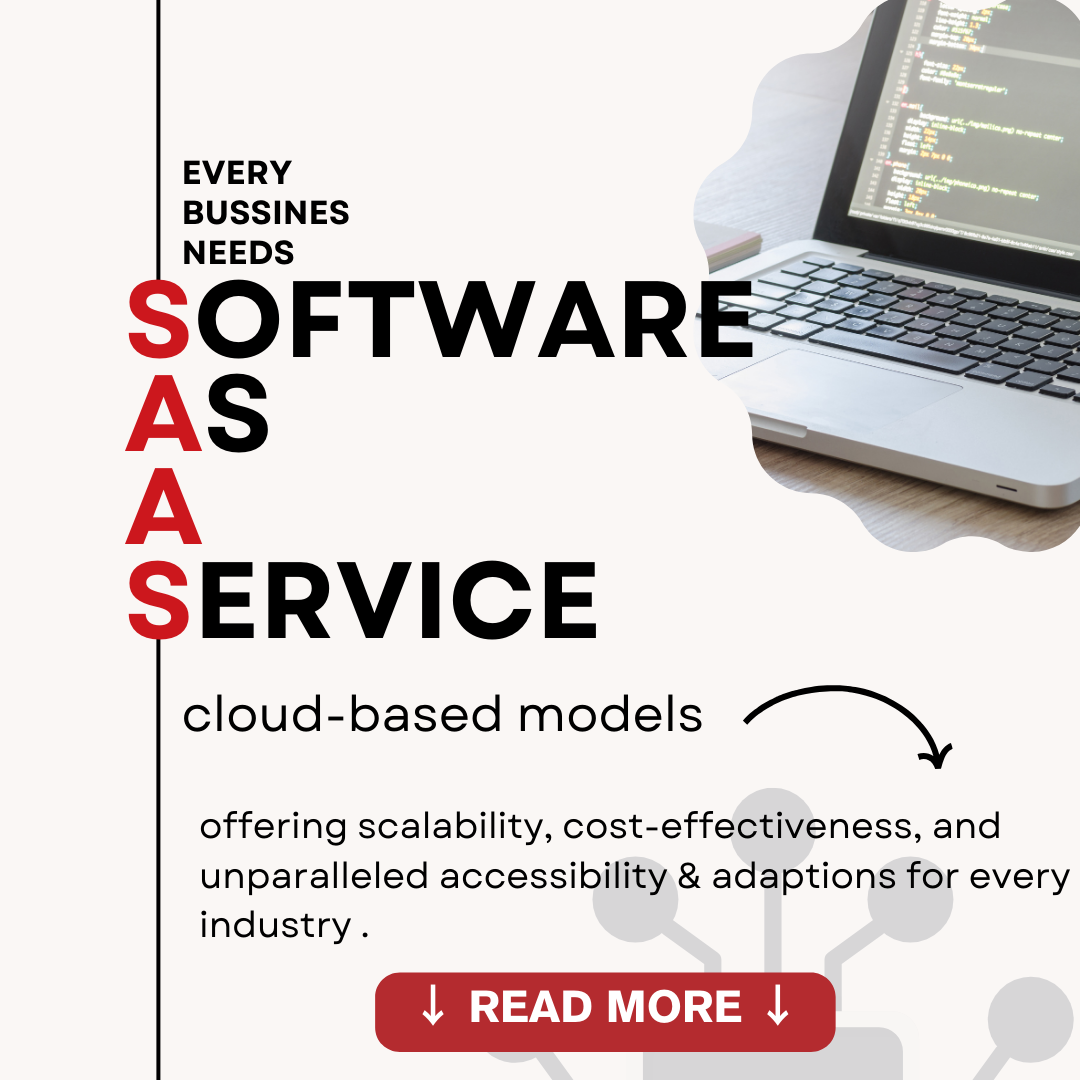
In today’s fast-evolving digital landscape, Software as a Service (SaaS) has emerged as a game-changer for businesses of all sizes. With its flexible, cloud-based model, SaaS continues to reshape industries, offering scalability, cost-effectiveness, and unparalleled accessibility. But what exactly is SaaS, and why is it so pivotal in the global tech ecosystem?
The Booming SaaS Market: Facts and Figures
The global SaaS market is experiencing exponential growth. According to Gartner, the industry is projected to reach $195 billion in revenue by 2025, up from $145 billion in 2021. This surge is fueled by businesses prioritizing digital transformation and seeking solutions to streamline operations, enhance customer engagement, and improve data security.
Key Trends in SaaS Adoption
- Hybrid Work Dynamics: With the rise of remote work, SaaS tools like Microsoft Teams and Zoom have become essential.
- AI Integration: SaaS providers are embedding artificial intelligence for predictive analytics, automation, and improved user experiences. Companies like Salesforce leverage AI to enhance CRM functionalities.
- Vertical SaaS: Tailored solutions for specific industries, such as healthcare and fintech, are gaining traction. Platforms like Veeva Systems cater specifically to the life sciences industry.
Examples of Popular SaaS Products
Here are some well-known SaaS platforms dominating their respective niches:
- Salesforce: A leader in Customer Relationship Management (CRM), Salesforce helps businesses manage customer interactions, track sales, and automate workflows.
- Dropbox: Simplifying file storage and collaboration, Dropbox remains a favorite among professionals and businesses.
- Zoom: A go-to for video conferencing, Zoom keeps teams connected worldwide.
- Adobe Creative Cloud: A suite of tools for creatives, Adobe’s SaaS model ensures accessibility and regular updates.
- Trello: A project management tool that enables teams to organize tasks and workflows efficiently.
Advantages of SaaS
- Cost Efficiency:
- SaaS eliminates the need for expensive hardware and infrastructure.
- Subscription-based pricing makes it accessible to businesses with varying budgets.
- Scalability:
- Businesses can easily scale up or down based on demand.
- Accessibility:
- Users can access SaaS applications from anywhere, using any device with internet connectivity.
- Automatic Updates:
- SaaS providers handle updates and maintenance, ensuring users always have the latest features.
Challenges of SaaS
- Data Security:
- Relying on third-party providers raises concerns about data privacy. Learn more about security challenges in SaaS from CSO Online.
- Limited Customization:
- SaaS solutions may not cater to niche needs without additional development.
- Dependency on Internet Connectivity:
- SaaS applications require stable internet, which can be a hurdle in remote areas.
SaaS Meets Luxury: Tech Meets Affluence
For affluent individuals and businesses, SaaS tools are not just about utility but also exclusivity and premium experiences. High-end SaaS offerings include advanced analytics tools, luxury concierge services, and specialized platforms like Bentley’s Connected Car Cloud, enhancing the driving experience.
Explore the future of business with SaaS solutions tailored to the needs of modern enterprises. The opportunities are vast, and the potential is limitless.
